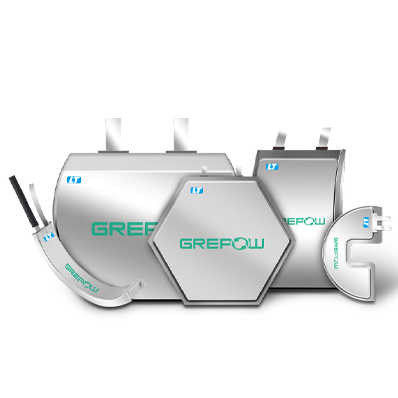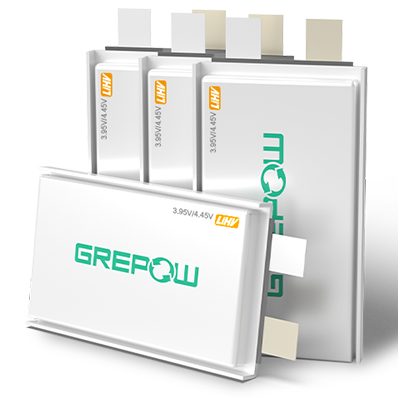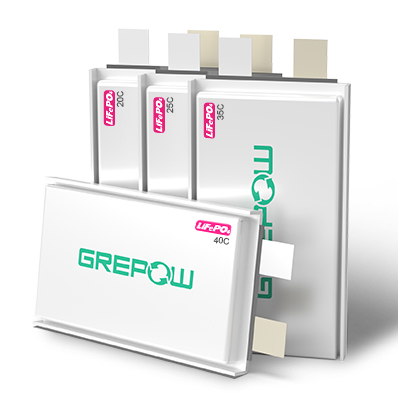What is Cell Stacking Technology? | Grepow High Power Lithium Battery
Introduction
The battery cell used stacking technology has the advantages of small internal resistance, long life, high space utilization, and high energy density after group. In terms of battery performance, compared with the winding technology, the lamination stacking technology can increase the energy density of the battery by 5%, increase the cycle life by 10% and reduce the cost by 5% under the same conditions.
What is Cell Lamination & Stacking Process?
The lamination & stacking process is a lithium polymer battery manufacturing process in which a positive electrode, a negative electrode is cut into small pieces and a separator is laminated to form a small cell, and a single cell is stacked in parallel to form a large cell. However, there are different ways to stacking process. Let’s watch a video from Scienceviz: [embed]https://youtu.be/8WEGVxliKJ8[/embed] As the video shows, there are four stacking processes, and Grepow uses the Z-Folding with single electrodes method, which is less complicated and increased the pass rate of the battery.
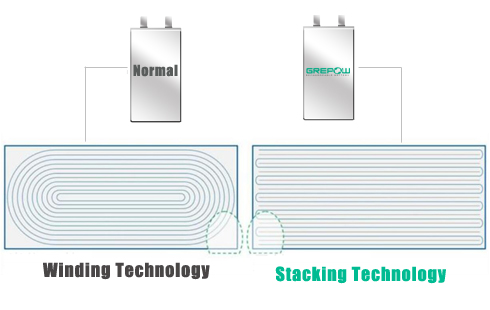
As I mentioned before, the lamination stacking technology can increase the energy density, cycle life, and reduce the cost. Then I will compare the advantages and disadvantages of the stacking and winding process from different aspects.
Stacking vs Winding Process
First, the battery electrochemical performance
1. The internal resistance of the battery is different
The cell produced by the stacking process has a lower internal resistance and a higher winding internal resistance. Because the winding cell is usually a single pole, the laminated cell can be seen as a multi-pole type, which greatly reduces its internal resistance. The difference in internal resistance causes the difference in heat generation between the finished battery during the charge and discharge cycle and the decay of the battery capacity. It is obvious that the battery capacity of the stacked battery is attenuated more slowly.
2. Different battery life
As the charge and discharge cycle continues, heat is generated inside the battery, which in turn affects the temperature of the battery. For the laminated battery, the internal temperature distribution is relatively uniform, and the winding battery has a single-direction heat transfer mode between the pole piece and the diaphragm, which causes the temperature gradient distribution phenomenon to be serious, and the internal high temperature and external appearance occur the low-temperature phenomenon. The uneven temperature distribution leads to the inactivation of the live material at the high-temperature position during the charging and discharging process, and the function of deintercalation lithium ions cannot be performed, thereby affecting the rapid decay of other locations and affecting the performance of the battery.
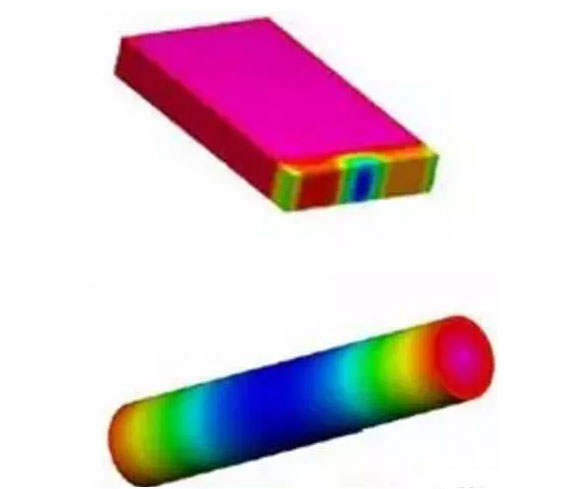
The temperature distribution of stacking and winding cell (The picture from Internet. All rights reserved)
3. The stress inside the cell is different
Two ways of making the battery have different mechanical characteristics. The laminated area of the laminated core electrode diaphragm has the same force area, no specific point of stress concentration, and the battery does not have sharp damage in a certain part during use. At the edge of the winding cell, stress is concentrated. According to the previous experience of battery disassembly analysis, the pole piece bend is more prone to micro-short circuit, electric breakdown and lithium deposition. The stress concentration point is the primary location for battery deactivation, which also results in reduced cycle life of the winding battery.
4. Battery rate performance is different
The stacking process is equivalent to the parallel connection of multi-pole pieces, which makes it easier to discharge large currents in a short time, which is beneficial to the rate performance of the battery. The winding process is just the opposite, with a single tab causing a slightly lower rate performance.
5. Different battery capacity density
The laminated battery has a higher capacity density because its internal space is more fully utilized. In contrast, the winding battery has a circular shape on both sides of the battery and the last two layers of the coil occupy a certain thickness, so the capacity density is low.
Second, the safety
The safety is also different, from the aspects of internal resistance, stress, temperature distribution, etc., the winding battery with high internal resistance and inconsistence temperature are less safe.
Third, the processing technology
1. The film production complexity is different
The winding process is simpler and has been operated, making it easy for automated manufacturing. Most companies currently on the market use a form of winding. The stacking process is very cumbersome and the pass rate of the pole piece is very low. For a winding core, only two knives at the beginning and the end are required, and each piece of the laminated piece requires four knives. The quality of the pole piece (section, burr, etc.) is difficult to maintain a high degree of consistency, which affects the ultimate performance of the battery.
2. The complexity of battery manufacturing is different
Winding cells are easy to operate and can be completed quickly, either semi-automatic or fully automatic. The stacking process is highly complex, manual operation is time-consuming and laborious, and automation is difficult to industrialize due to equipment problems. In addition, in the quality control of the battery core, the winding type is easier to control, and the stacking type is difficult to achieve good consistency due to the cumbersome process steps. In short, it is necessary to select a suitable process according to its own conditions and battery requirements. After the process change, the pole piece cutting and the subsequent welding and assembly need to be greatly changed.
Film Cutting: The coiled lithium battery is convenient for cutting and has a high pass rate. Each cell only needs to perform one slitting of the positive and negative electrodes, which is difficult and has a low probability of producing defective products. The laminated lithium battery is cumbersome and has a low pass rate. Each battery has dozens of small pieces, each of which has four cut faces, and the slicing process is easy to produce bad punching, so the probability of producing a pole piece and burr is greatly increased for a single battery.
Last, the production technology
Grepow has the 0.6-second high-speed stacking technology production equipment, which can realize mass production of stacking square batteries, and the stacking efficiency of single-chip is about 1.0 seconds/chip.
Learn more about battery
Keep an eye on Grepow's official blog, and we'll regularly update industry-related articles to keep you up-to-date on the battery industry.
Grepow: https://www.grepow.com/
Grepow Blog: https://www.grepow.com/blog.html
Related articles:
Grepow Launch Rapid Battery Sampling Service
Related Articles
-
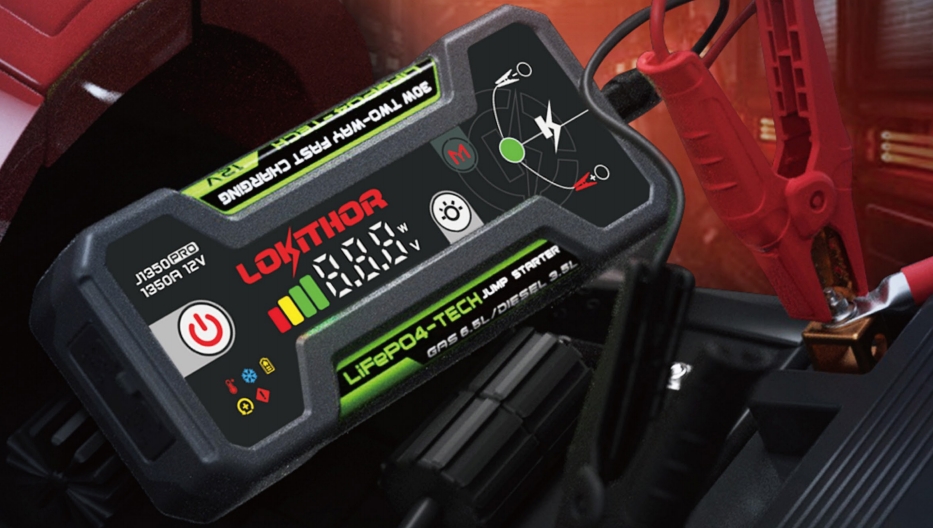
The Ultimate Guide to Grepow Jump Starter
2025-03-27 -
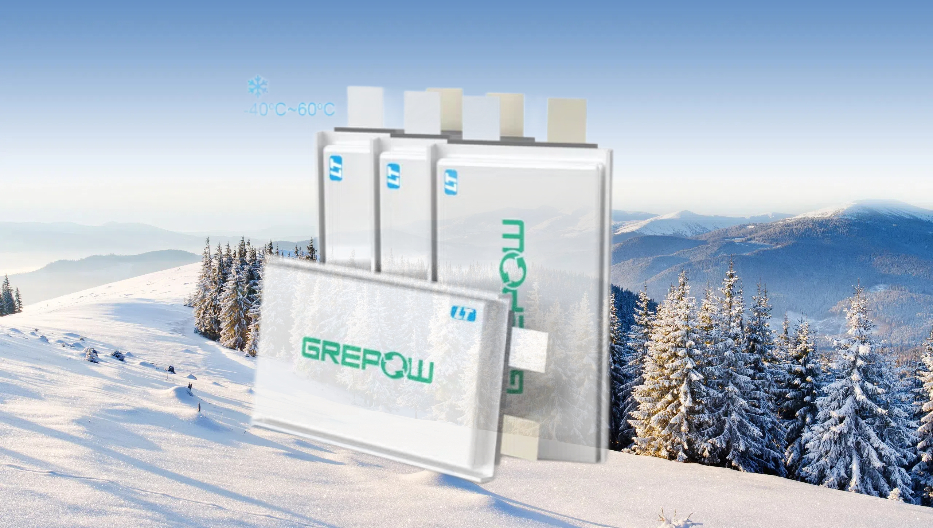
How to Choose Lithium Batteries for Cold Weather?
2024-09-19 -
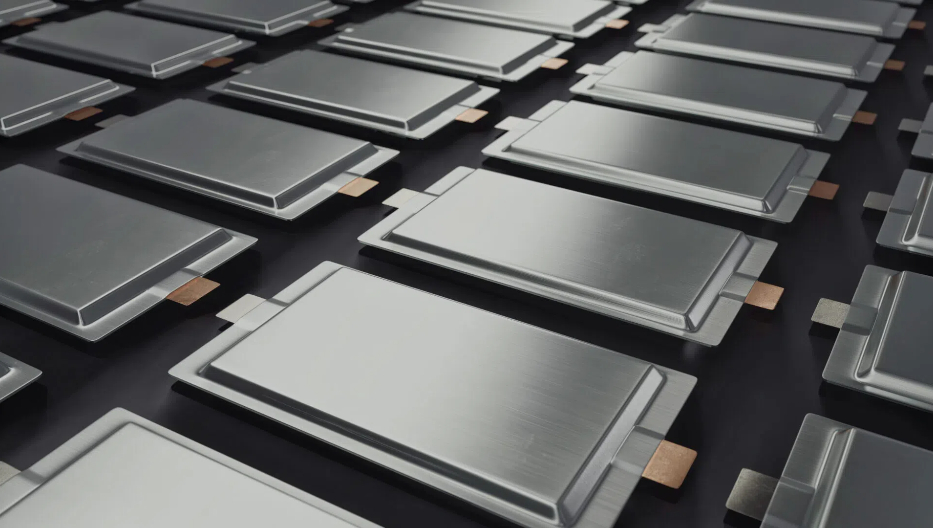
Next-Generation eVTOL Battery Technology
2024-08-22















































